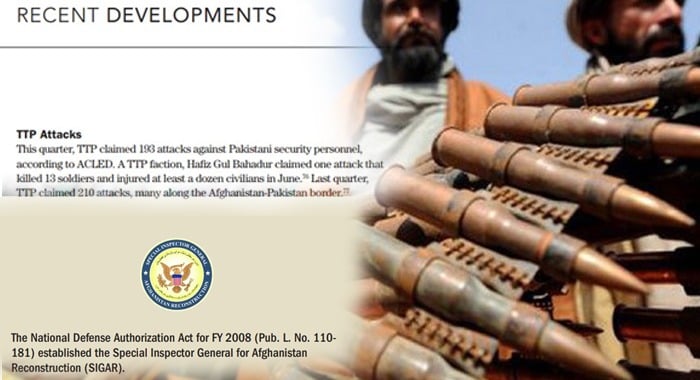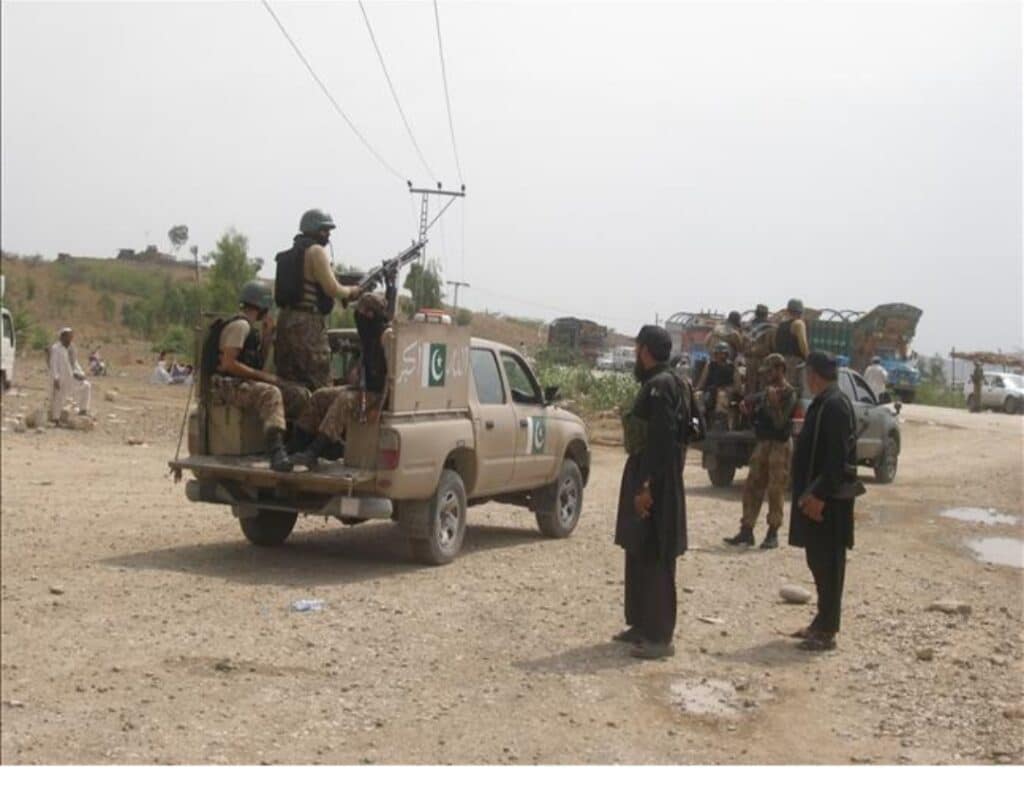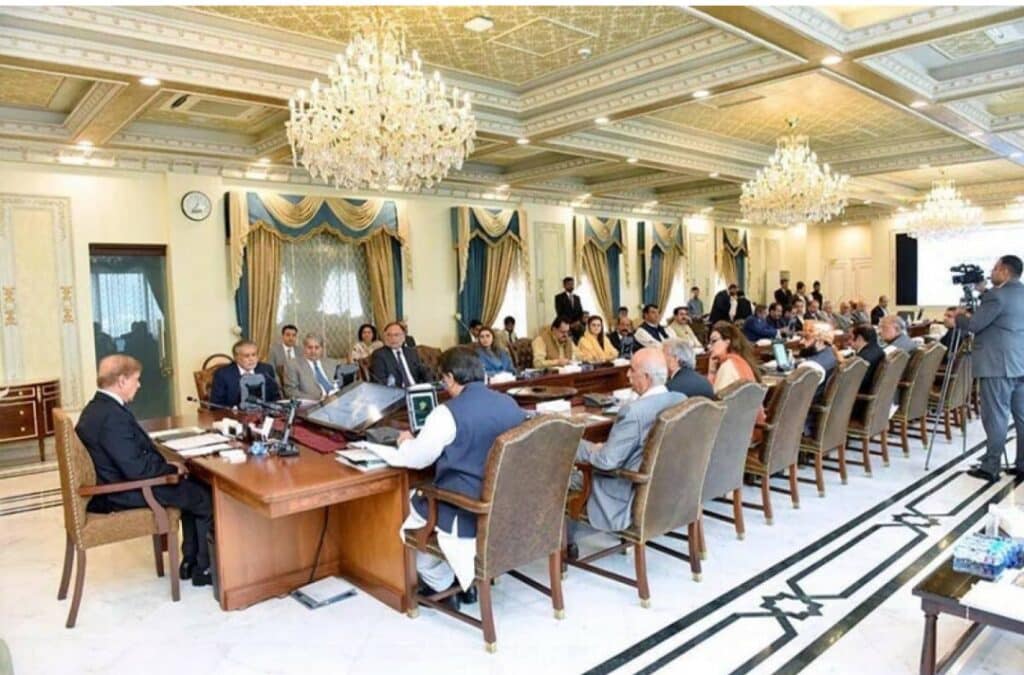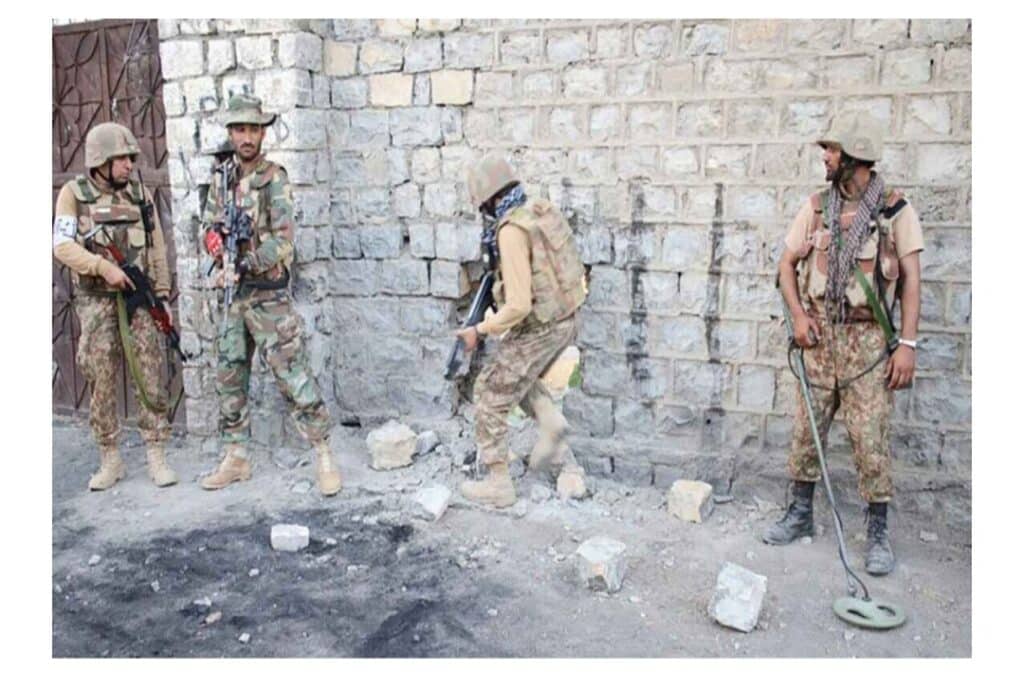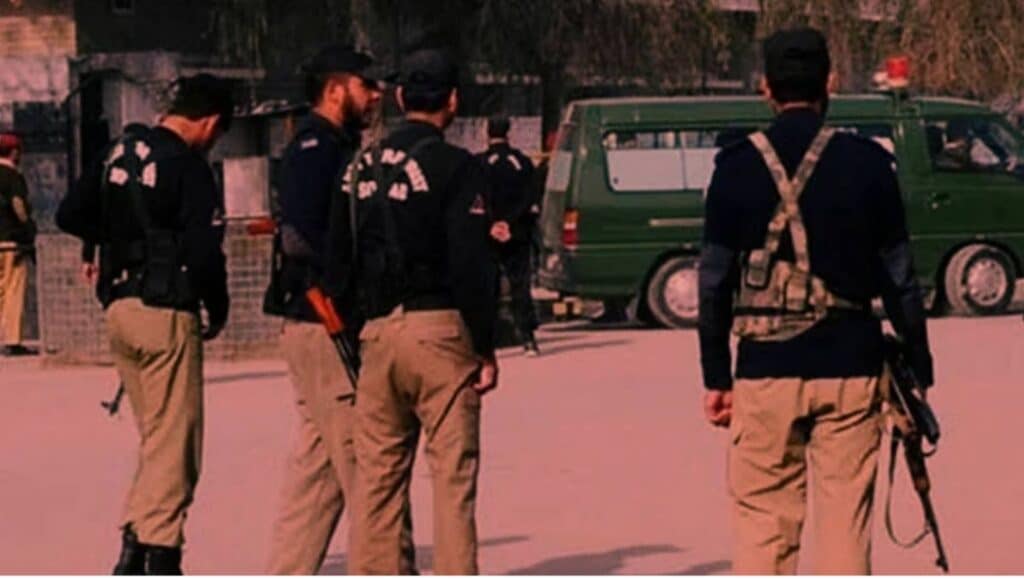The Tehreek-e-Taliban Pakistan (TTP), operating from sanctuaries in eastern Afghanistan, claimed responsibility for 193 attacks against Pakistani security forces this quarter alone, amid growing international concern over Afghanistan’s use as a base for transnational terrorism. These findings were revealed in the latest quarterly report by the U.S. Special Inspector General for Afghanistan Reconstruction (SIGAR), corroborated by United Nations and U.S. intelligence assessments.
A particularly deadly attack in June, claimed by the TTP faction led by Hafiz Gul Bahadur, killed 13 Pakistani soldiers and injured at least a dozen civilians. The TTP continues to target law enforcement and military personnel in northwestern Pakistan, with operations focused along the Afghanistan-Pakistan border. The group is believed to have between 6,000 to 6,500 fighters, primarily based in Afghanistan’s eastern provinces.
According to the 2025 Annual Threat Assessment by the U.S. Office of the Director of National Intelligence (ODNI), the TTP’s growing capabilities, historic links to al-Qaeda, and previous involvement in operations targeting the United States remain a source of global concern. The Afghan Taliban, despite pledging to prevent the use of Afghan soil for cross-border terrorism, have maintained ideological and operational ties with the TTP, offering them continued sanctuary.
The SIGAR report further highlighted the broader threat environment in Afghanistan, emphasizing the presence of ISIS-Khorasan (ISIS-K), al-Qaeda, and anti-Taliban resistance forces. ISIS-K, described by the UN as “the greatest extraregional terrorist threat,” retained operational hubs in Badakhshan, Nuristan, and Kunar provinces. Although the group claimed only one attack this quarter—killing four Taliban members in Nangarhar—UN monitoring teams warned that ISIS-K remains resilient and adaptable under counterterrorism pressure.
Al-Qaeda also continues to enjoy a permissive environment under Taliban rule. The February UN sanctions monitoring team report noted efforts by al-Qaeda leader Sayf al-Adl to reorganize networks and reactivate sleeper cells across the Middle East and Europe. The group’s core presence in Afghanistan is estimated at 30–60 operatives, including a dozen senior figures, with the ODNI warning of al-Qaeda’s continued ambition to target U.S. interests.
Meanwhile, anti-Taliban armed opposition groups such as the Afghanistan Freedom Front (AFF) and National Resistance Front (NRF) claimed a total of 37 attacks this quarter, down from 88 in the previous period. However, the UN Secretary-General’s June report assessed that these groups did not seriously threaten the Taliban’s grip on power or territory.
On the security front, the Taliban’s Ministry of Defense reported that 6,203 individuals joined its ranks this quarter, raising its claimed force strength to 205,236, though SIGAR and other international agencies have been unable to independently verify these figures. The Ministry of Interior similarly claimed that 3,843 individuals completed police training, bringing the total police force to 223,394.
The Taliban also announced a 20 percent reduction in security sector personnel and conducted senior-level reshuffles in the intelligence directorate. In June, the regime claimed to have restored 529 military vehicles and 38 U.S.-origin weapons left behind by the former Afghan National Defense and Security Forces (ANDSF), including 50 Humvees, eight assault tanks, four anti-aircraft guns, and a cache of rifles.
The Department of Defense had earlier reported that of the $18.6 billion in U.S. equipment transferred to the ANDSF between 2005 and 2021, approximately $7.12 billion worth remained in Afghanistan after the government’s collapse. SIGAR warned that without technical support from U.S. contractors, most of this equipment is likely to deteriorate further.
As TTP attacks intensify and the Taliban-led security architecture remains opaque, the SIGAR report underscores growing alarm over Afghanistan’s re-emergence as a haven for extremist groups with regional and global ambitions.

